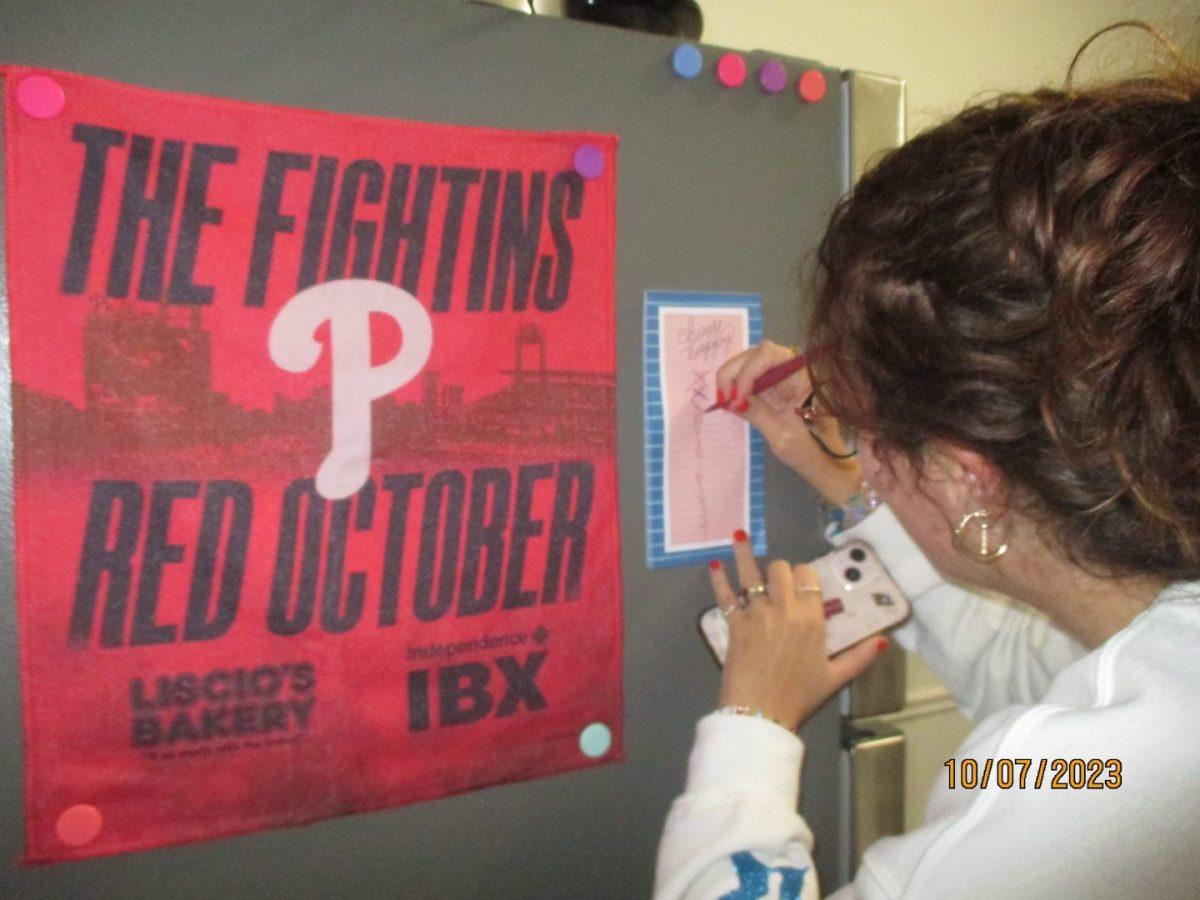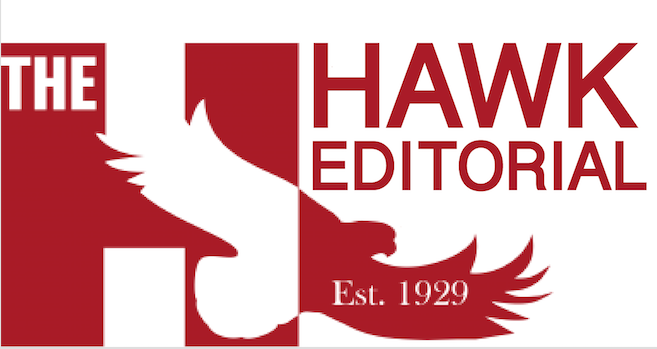Ousting Martelli is indicative of larger problem
When it was decided that the 2018-2019 season would mark the end of Phil Martelli’s 24-year tenure as the university’s head men’s basketball coach, he was called into a meeting via text message.
Over the next few days, Martelli would refer to the ensuing meeting with University President Mark C. Reed, Ed.D., and Director of Athletics Jill Bodensteiner, J.D., as a “blindside tackle.” Martelli told The Hawk that the firing felt like “a baseball bat to the gut.”
The poor handling of Martelli’s dismissal is not a one-off incident; it is only the latest and most high-profile indication of significant gaps in administrative communication at St. Joe’s. It also speaks to an increasingly undeniable feeling that St. Joe’s is run as a business first and a university second.
Bodensteiner stood alone in a March 19 press conference as she made the official announcement. Reed was conspicuously absent.
The responsibility of deciding how and when to dismiss one of the university’s most significant and longest-term employees was apparently placed on one person. Bodensteiner told those present at the press conference that she was assuming sole ownership for the perhaps “unpopular” decision.
The move to replace Martelli, as his recent interviews and the university’s rushed announcement indicate, was made with little consideration for his legacy at St. Joe’s.
Martelli was fired without any advance notice. Between the 1:30 p.m. meeting on Monday, March 18, and the next day’s emailed statement, he had less than a day to break the news personally to his team. Regardless of Martelli’s recent coaching statistics, this was no way to treat any employee of the university.
In the emailed statement on March 19—to date, the only communication the university community has received regarding Martelli’s dismissal—basketball was referred to not as a tradition but as “an important strategic asset” for the university. St. Joe’s is indeed well-known for its basketball team, but to its community of alumni, current students and employees, basketball is a long-held tradition and a staple of life at the university.
Describing basketball simply in terms of how it serves the university’s public image does a disservice to the players and fans of the St. Joe’s team. The phrase “strategic asset” indicates the university’s lack of consideration for anything beyond its bottom line.
Martelli’s firing has received substantial attention because of the high-profile nature of his job and presence on campus and in the national college basketball scene. Yet he is far from the only St. Joe’s employee to be dismissed so suddenly and impersonally.
Multiple rounds of layoffs in recent years have impacted dozens of university employees. The most recent round occurred quietly last May after students had gone home for the summer and affected at least 20 St. Joe’s employees. During the 2015 layoffs, 14 employees were expected to pack up their offices on the same day they were informed that their positions were being terminated.
There may have been sound decision-making processes behind these layoffs and the decision to replace Martelli. But that doesn’t mean much to university employees who are treated like line items in a budget, rather than people.
At St. Joe’s, our mission statement is increasingly treated as a selling point instead of an aspirational ideal.
We can talk all we want about how we are different from other universities in terms of demonstrating our clearly defined set of values, but recent events and decisions indicate otherwise. There needs to be increased focus on actualizing our mission statement rather than selling it.
We can no longer brush off administrative decisions as not reflective of who we are as a university. As long as administrators make decisions with the sole aim of pursuing a balanced budget, this is who we are.
—The Editorial Board

















































Mike Duffy • Mar 27, 2019 at 11:39 am
Let me suggest a process to help your young administration address the termination of the “Stars of St. Joseph’s.” First, meet with a long tenured employee and layout a plan for transition that helps the employee move on in an honorable manner. If appropriate, have the departing worker involved in the selection of the successor. Celebrate the departure using the De Julia model. Be sure the replacement is as good or better than the person leaving.
The current situation is a real embarrassment to my Alma Mater. Mike Duffy ’65
Joe Cabrey • Mar 26, 2019 at 6:32 pm
Deja Vu read this article from The Hawk from 1974
http://tinyurl.com/McKinney-Zapped